Focus on Sustainability
Sustainability has emerged as a crucial driver within the Stadium And Arena Management Solution Market. As environmental concerns gain prominence, venues are increasingly adopting sustainable practices to reduce their carbon footprint. This includes implementing energy-efficient systems, waste management solutions, and water conservation measures. According to recent data, approximately 30% of new stadium projects are now designed with sustainability certifications in mind. This shift not only aligns with regulatory requirements but also appeals to environmentally conscious fans, thereby enhancing brand loyalty. Consequently, the demand for management solutions that facilitate sustainable operations is expected to rise, further propelling growth in the Stadium And Arena Management Solution Market.
Enhanced Data Analytics Capabilities
Enhanced data analytics capabilities represent a significant driver in the Stadium And Arena Management Solution Market. The ability to collect and analyze vast amounts of data allows organizations to make informed decisions regarding operations, marketing, and fan engagement. For example, data analytics can provide insights into fan behavior, enabling targeted marketing campaigns that increase ticket sales and merchandise revenue. The market for data analytics in sports management is projected to reach USD 5 billion by 2026, highlighting the growing importance of data-driven strategies. As organizations increasingly recognize the value of data, the demand for sophisticated analytics solutions within the Stadium And Arena Management Solution Market is likely to expand.
Integration of Advanced Technologies
The integration of advanced technologies is a pivotal driver in the Stadium And Arena Management Solution Market. Technologies such as artificial intelligence, machine learning, and the Internet of Things are increasingly being adopted to enhance operational efficiency and improve the fan experience. For instance, AI-driven analytics can optimize ticket pricing and enhance crowd management, while IoT devices can monitor facility conditions in real-time. This technological evolution is projected to contribute to a market growth rate of approximately 12% annually, indicating a robust demand for innovative solutions. As organizations seek to leverage these technologies, the Stadium And Arena Management Solution Market is likely to witness a surge in investments aimed at upgrading existing infrastructures and implementing smart solutions.
Growing Demand for Enhanced Fan Experience
The growing demand for enhanced fan experience is a key driver in the Stadium And Arena Management Solution Market. Fans today expect more than just a game; they seek immersive experiences that include high-quality amenities, interactive technologies, and personalized services. This trend has led to the implementation of mobile applications that facilitate ticket purchases, food orders, and real-time updates. According to industry reports, venues that prioritize fan experience see a 20% increase in attendance and revenue. As competition among venues intensifies, the focus on creating memorable experiences is likely to drive investments in management solutions that cater to these evolving expectations within the Stadium And Arena Management Solution Market.
Increased Investment in Sports Infrastructure
Increased investment in sports infrastructure serves as a vital driver in the Stadium And Arena Management Solution Market. Governments and private entities are recognizing the economic benefits of modernizing sports facilities, leading to a surge in funding for new stadiums and renovations. Recent estimates suggest that The Stadium And Arena Management Solution could exceed USD 600 billion by 2027, with a significant portion allocated to management solutions that enhance operational efficiency. This influx of capital not only supports the construction of state-of-the-art venues but also necessitates the adoption of advanced management systems to streamline operations. As investments continue to rise, the Stadium And Arena Management Solution Market is poised for substantial growth.


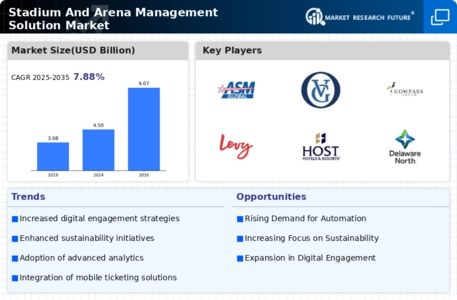
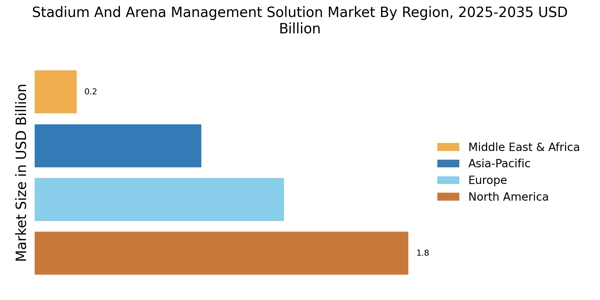
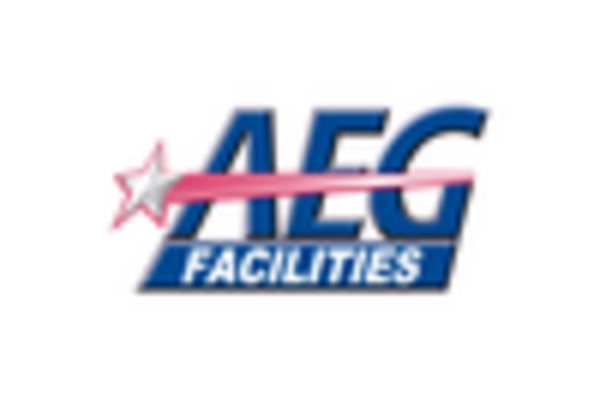




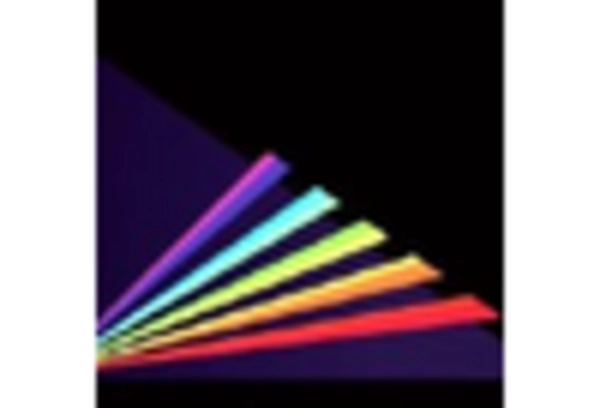
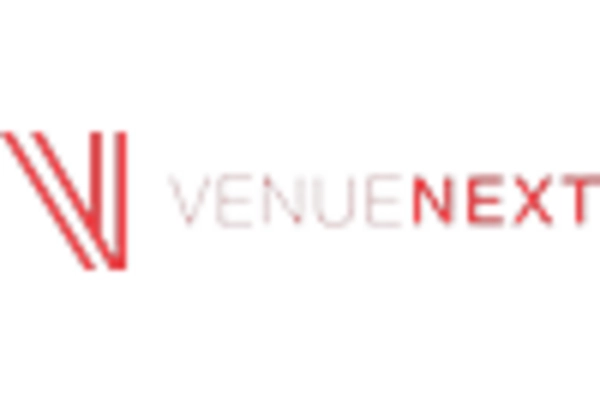








Leave a Comment